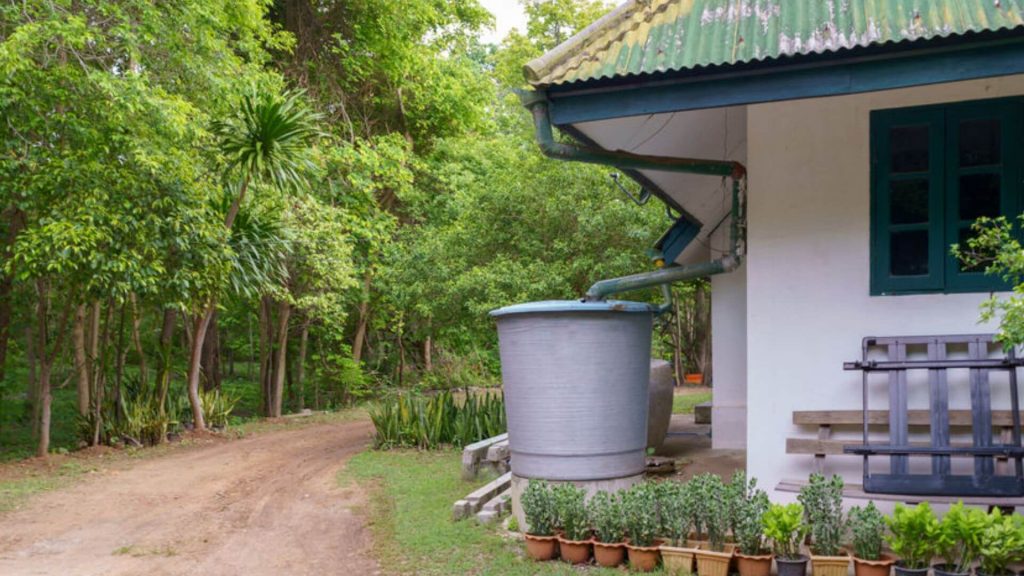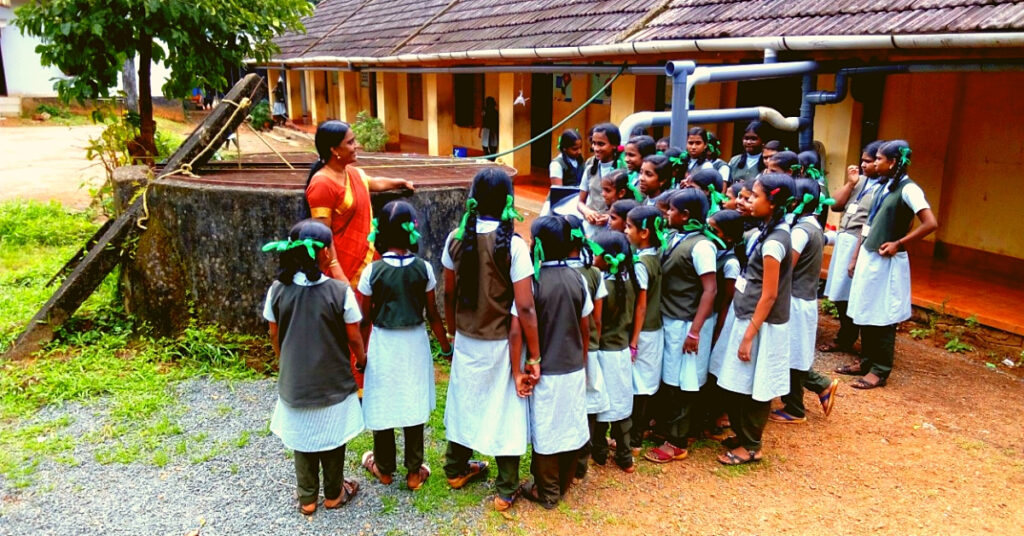
Rainwater harvesting has emerged as a crucial solution to combat water scarcity in India, where many regions face annual monsoons followed by extended dry periods. This sustainable practice not only conserves water but also replenishes groundwater, making it a lifeline for communities across the country. Here, we share inspiring success stories of rainwater harvesting initiatives from various states in India, highlighting their benefits and outcomes.
Karnataka: Rooftop Rainwater Harvesting in Bangalore
In Bangalore, a city known for its water woes, the Karnataka government initiated a rooftop rainwater harvesting program to harness rainwater from buildings. The Bangalore Water Supply and Sewerage Board (BWSSB) encouraged residents to install rainwater harvesting systems through subsidies and awareness campaigns. As a result, many households and commercial buildings embraced the technology, significantly reducing their dependency on municipal water supply during dry months. This initiative not only eased pressure on groundwater but also improved water quality and reduced flooding in low-lying areas.
Rajasthan: Traditional Talab Bunding in Alwar District
In Rajasthan’s Alwar district, the Tarun Bharat Sangh (TBS) organization revived traditional rainwater harvesting structures known as talabs or check dams. These structures, made by bunding small streams or rivulets with locally available materials, effectively capture rainwater during the monsoon season. The initiative transformed the arid landscape into fertile ground, enabling communities to cultivate crops throughout the year. Moreover, the replenished groundwater levels provided drinking water security to the local population and supported biodiversity conservation in the region.
Tamil Nadu: Community-Based Rainwater Harvesting in Chennai
Chennai, a city prone to both water scarcity and flooding, implemented community-based rainwater harvesting systems across neighborhoods. Residents and local organizations collaborated to construct recharge wells, percolation pits, and rooftop harvesting structures. These initiatives helped recharge the city’s aquifers, regulate groundwater levels, and mitigate urban flooding during heavy rainfall. The success of these projects encouraged widespread adoption of rainwater harvesting among Chennai’s residents, fostering a sense of community resilience and sustainability.
Maharashtra: Farm Pond Development in Vidarbha Region
In Maharashtra’s Vidarbha region, farmers facing recurring droughts and erratic rainfall patterns turned to farm pond development as a sustainable solution. With support from government schemes and NGOs, farmers constructed small ponds or tanks to capture rainwater runoff from their fields. These farm ponds not only provided irrigation water during dry spells but also improved soil moisture retention, enabling farmers to diversify crops and enhance agricultural productivity. The initiative led to socio-economic upliftment in rural communities by reducing farmer distress and improving food security.

Kerala: Institutional Rainwater Harvesting in Schools and College
Kerala implemented institutional rainwater harvesting projects in schools and colleges to promote water conservation and environmental awareness among students. These institutions installed rooftop harvesting systems and recharge pits to capture rainwater for drinking purposes and recharge groundwater tables. The initiative not only ensured access to clean water for students but also instilled values of sustainability and responsible water management from a young age. Furthermore, it reduced operational costs for educational institutions by lowering dependence on external water supply.
Gujarat: Community Watershed Management in Kutch
In Gujarat’s Kutch district, community-based watershed management practices revived degraded land and enhanced water availability through rainwater harvesting structures. Villagers constructed check dams, contour trenches, and percolation tanks to capture rainwater runoff and prevent soil erosion. These efforts transformed barren lands into productive agricultural fields and restored local ecosystems, thereby improving livelihoods and resilience to climate change impacts.
Conclusion
The success stories of rainwater harvesting initiatives from different states in India underscore the transformative impact of this practice in addressing water scarcity and enhancing community resilience. From urban rooftop systems to rural farm ponds and traditional water harvesting structures, these initiatives have demonstrated significant benefits such as improved water availability, sustainable agriculture, biodiversity conservation, and socio-economic development.
As India continues to face water challenges exacerbated by climate change and population growth, these success stories serve as inspiration for scaling up rainwater harvesting initiatives nationwide. By promoting policies, incentives, and community participation, India can achieve sustainable water management and ensure water security for all its citizens. Rainwater harvesting not only conserves water but also fosters environmental stewardship and strengthens community bonds, paving the way towards a water-resilient future.


